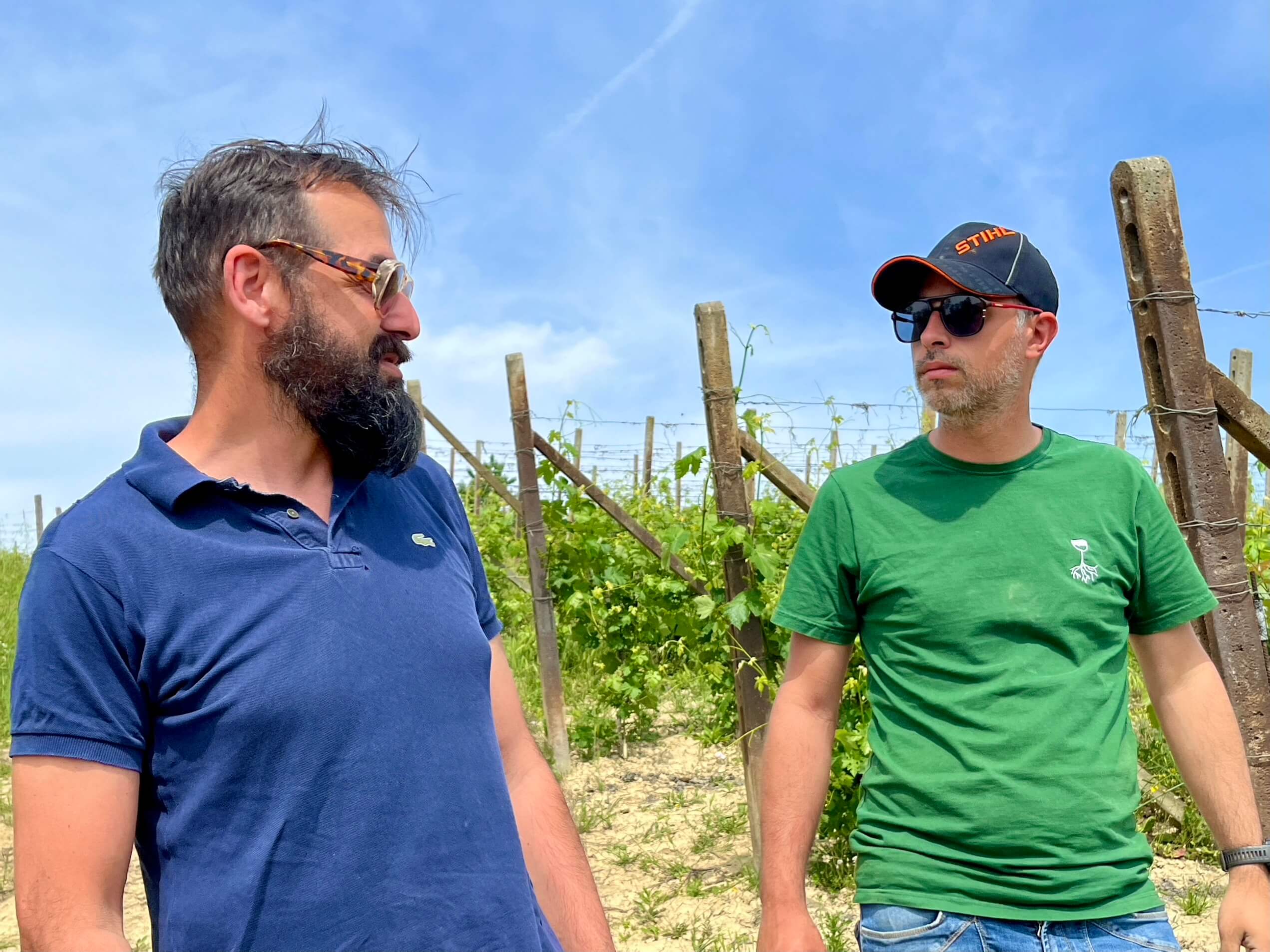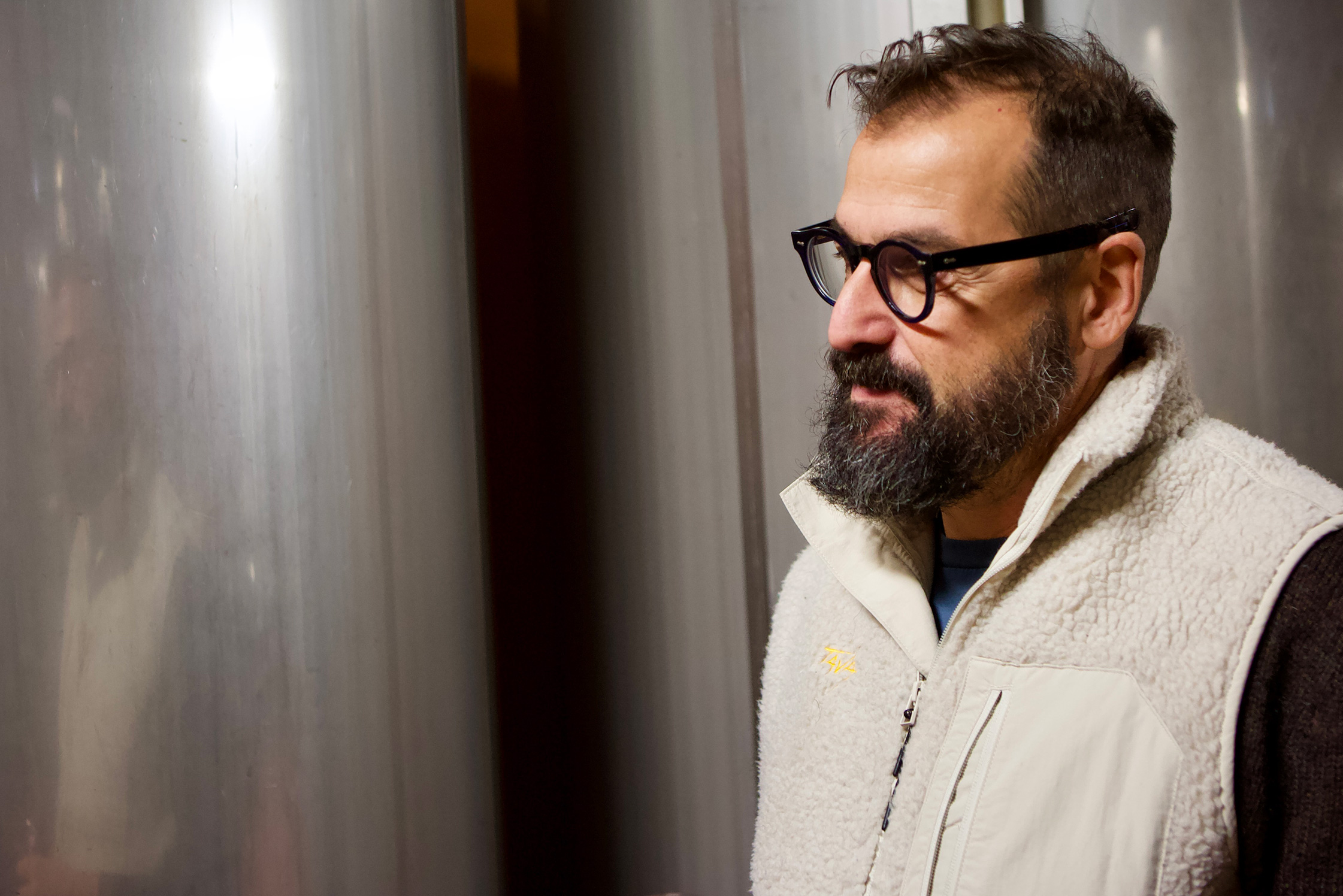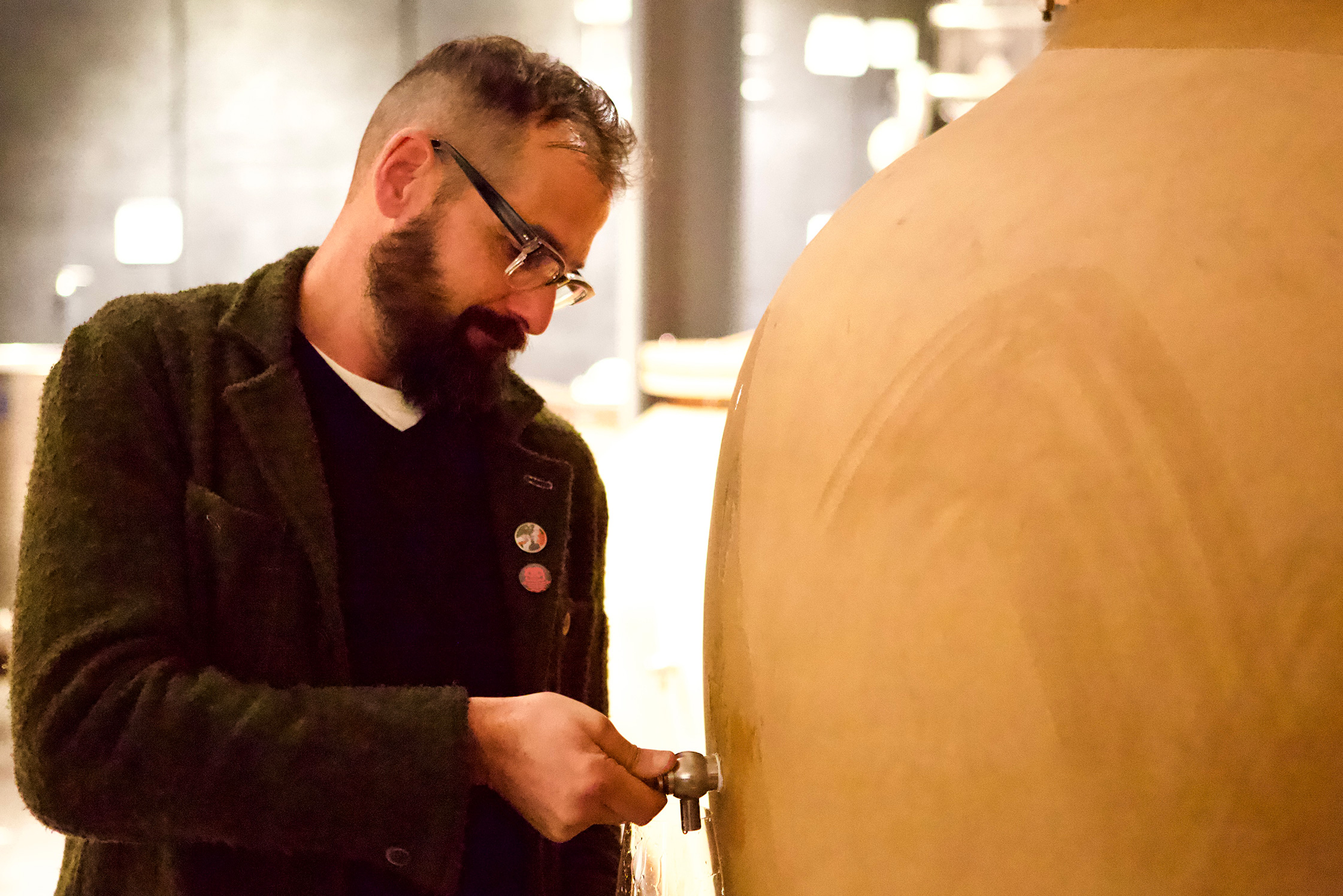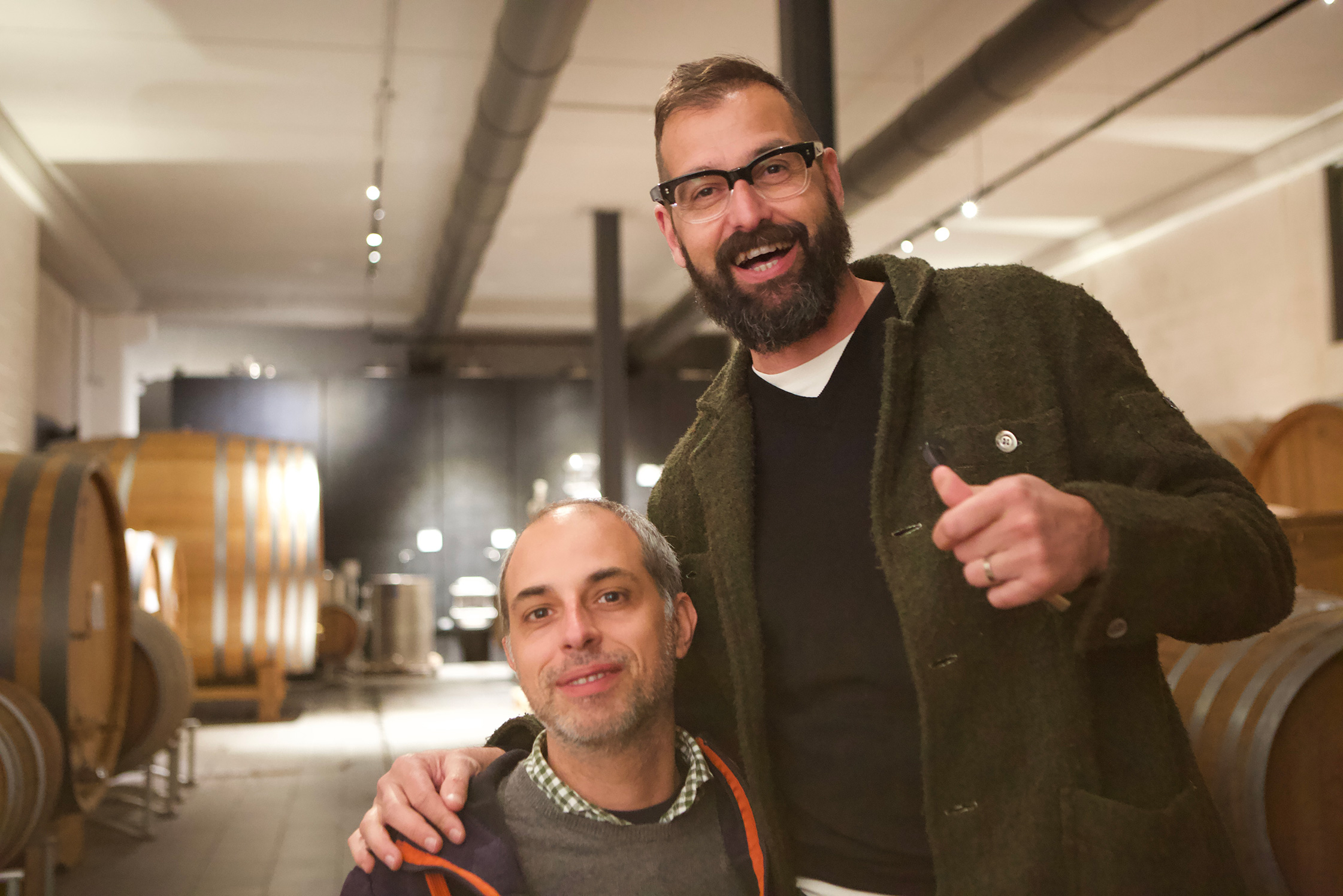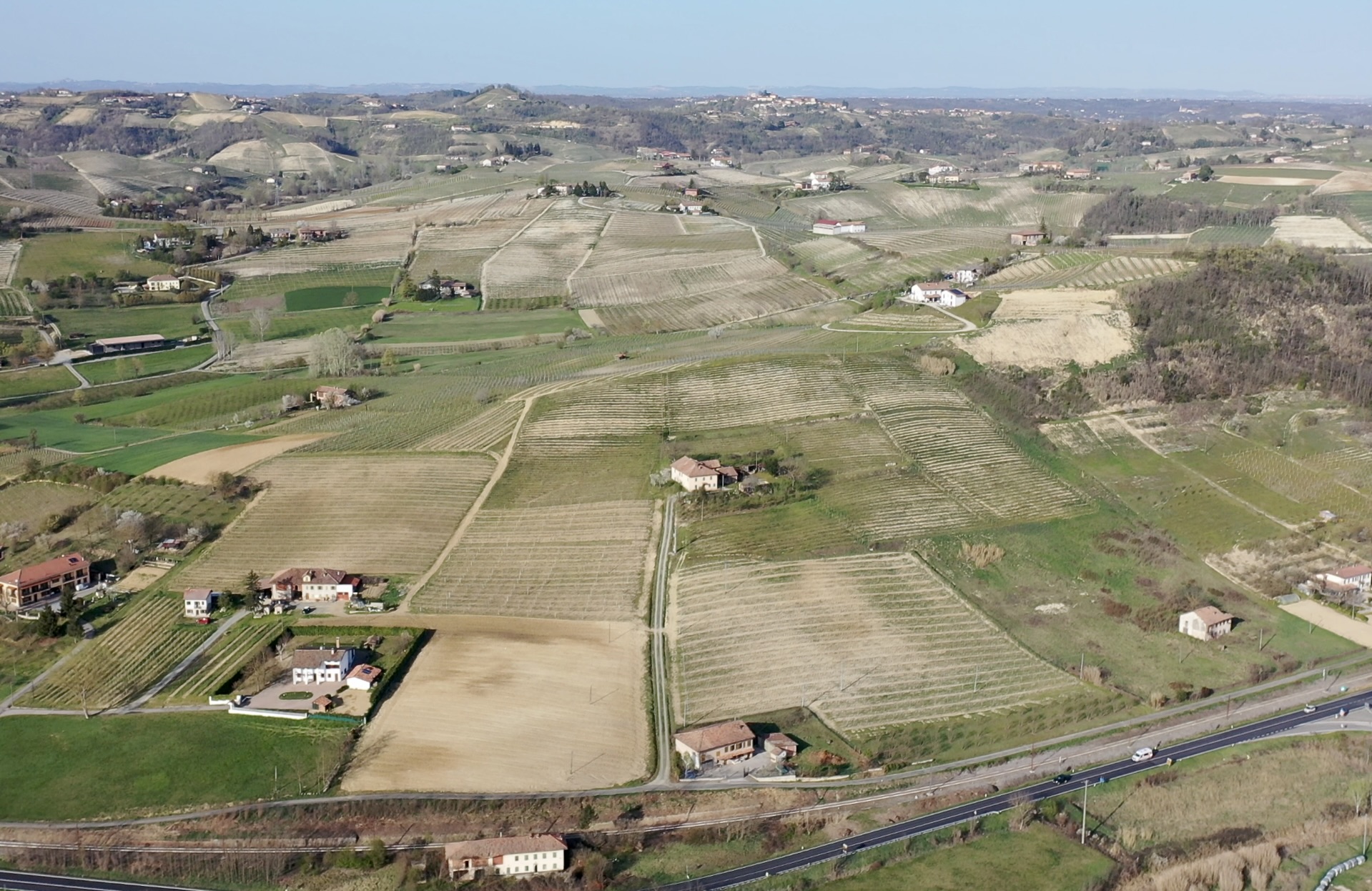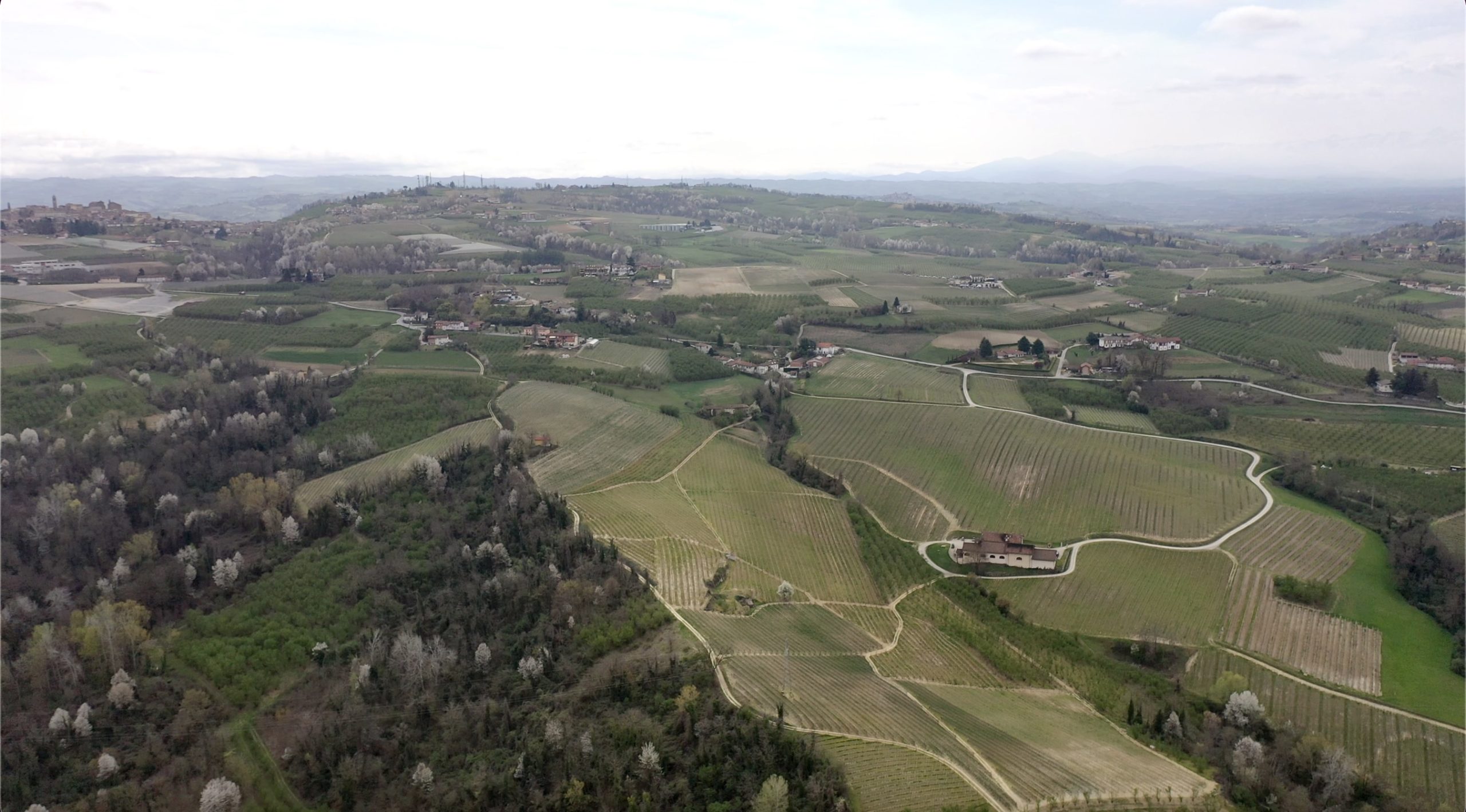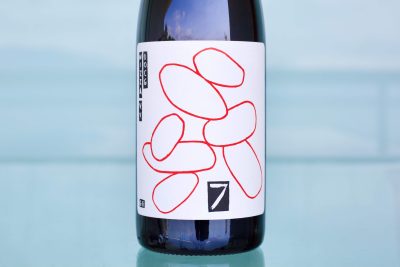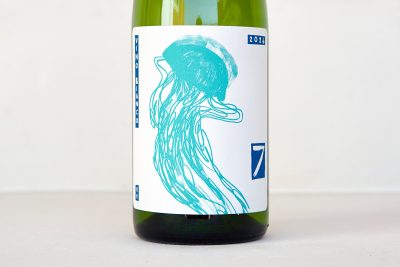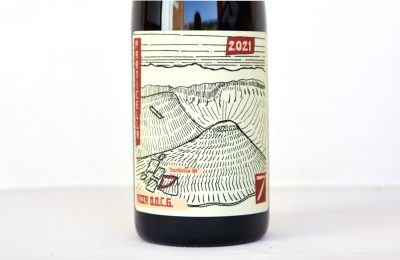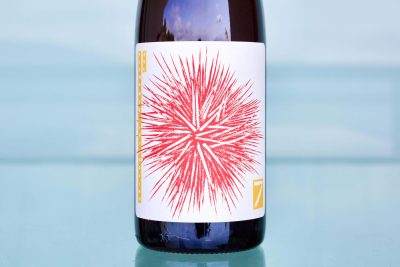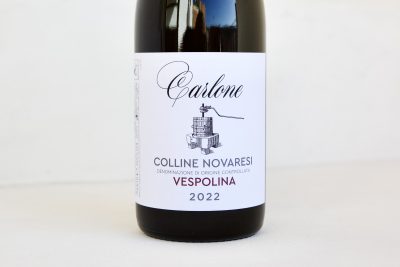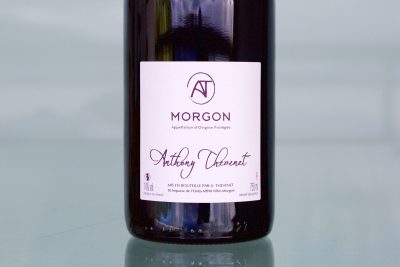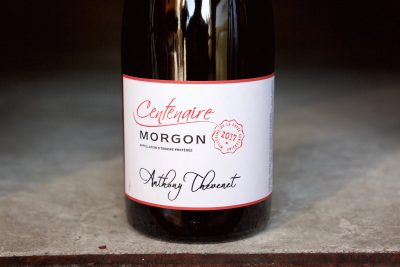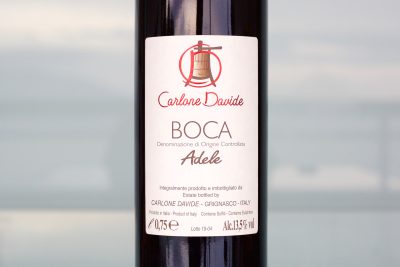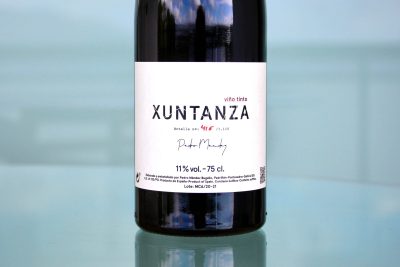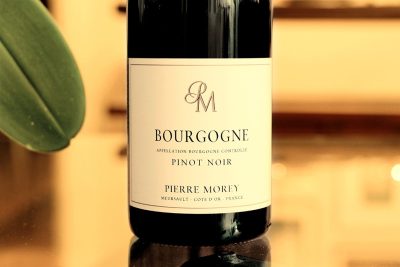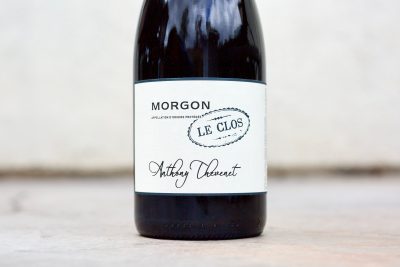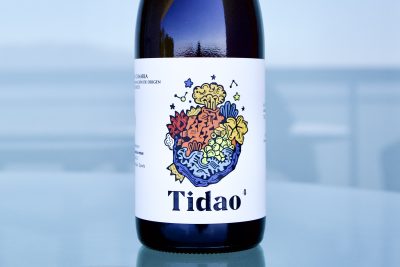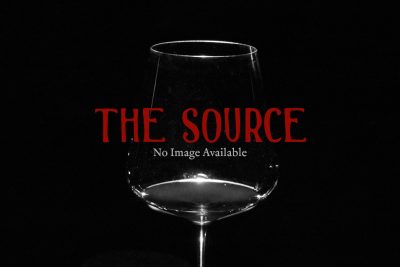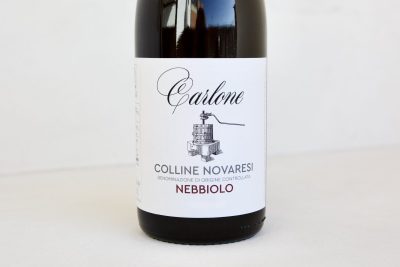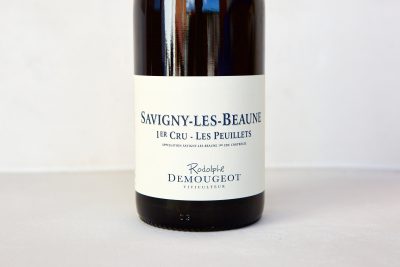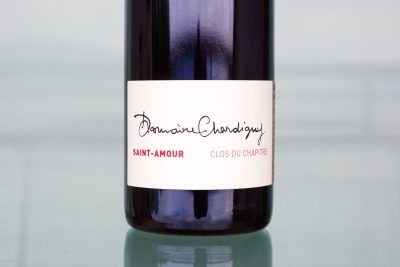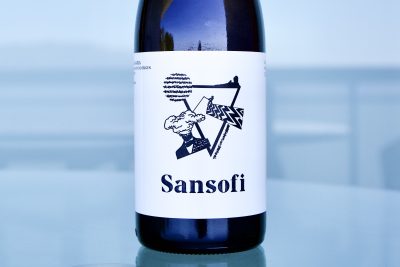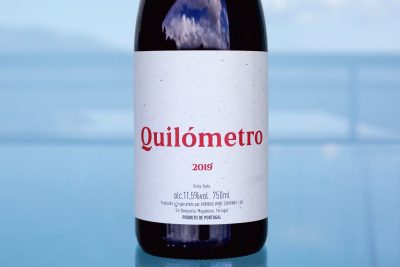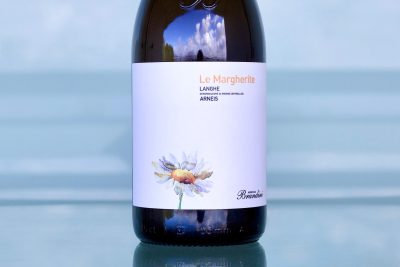Sette
Piedmont, Italy
This website contains no AI-generated text or images.
All writing and photography are original works by Ted Vance.
Gino Della Porta and his close friend and superstar-enologist Gian Luca Colombo founded Sette in 2017 with the purchase of a 5.8ha hill in Bricco di Nizza, in Nizza Monferrato. They join the new generation of driven young winegrowers who experiment with new and ancient techniques to express their vision of wine free from cultural and regional expectations while employing the most ecological methods possible. Certified organic since 2018 and in conversion to biodynamics in 2020, their terroir is composed of sandy limestone, chalk, and a wide variety of other siliceous geological formations on steep hills with great variations of soil grain. Their broad range includes dry, skin-contacted Moscato and amphora-aged Grignolino, and their main focus is their Barbera d’Asti DOC (though technically in Nizza DOCG) and Barbera Nizza DOCG from 80-year-old vines. There are no rules or cellar recipes beyond appellation requirements and every season determines their strategy,
Sette - 2018 Nizza DOCG Monferrato
Price: $41.00
Size: 750ml
Availability:
10 in stock
Type of Wine: Red
Grape(s): 100% Barbera
Style: Medium Body, Elegant and Aromatic
GROWER OVERVIEW
Italian import consultant and brand manager for many significant Italian producers, Gino Della Porta, and his close friend, superstar-enologist Gian Luca Colombo founded Sette in 2017 with the purchase of a 5.8ha hill in Bricco di Nizza, in Nizza Monferrato. They join the new generation of driven young winegrowers who experiment with new and ancient techniques to express their vision of wine free from cultural and regional expectations while employing the most ecological methods possible. Certified organic since 2018 and in conversion to biodynamics in 2020, their terroir is composed of sandy limestone, chalk, and a wide variety of other siliceous geological formations on steep hills with great variations of soil grain. Their broad range includes dry, skin-contacted Moscato and amphora-aged Grignolino, and their main focus is their Barbera d’Asti DOC (though technically in Nizza DOCG) with a vine age of 20 to 40 years old, and Barbera Nizza DOCG from 80-year-old vines. There are no rules or cellar recipes beyond appellation requirements; every season determines their strategy, where some years the Nizza has eight days on skins and other years nearly 60 days, followed by variations in aging between 30hl Stockinger barrels, concrete vats and Tava amphoras. The wines are neither fined nor filtered.
VINEYARD DETAILS
Barbera Nizza Monferrato is harvested from vines planted in 1940 & 1990 on south and east slopes between 240-300m on marly bedrock with deep silt and calcareous topsoil.
CELLAR NOTES
Barbera Nizza Monferrato is destemmed and naturally fermented up to 18°C for 40-45 days with a submerged cap days with no extractions, followed by 10 months in concrete with the first sulfites added after malolactic fermentation. It’s neither filtered nor fined.


